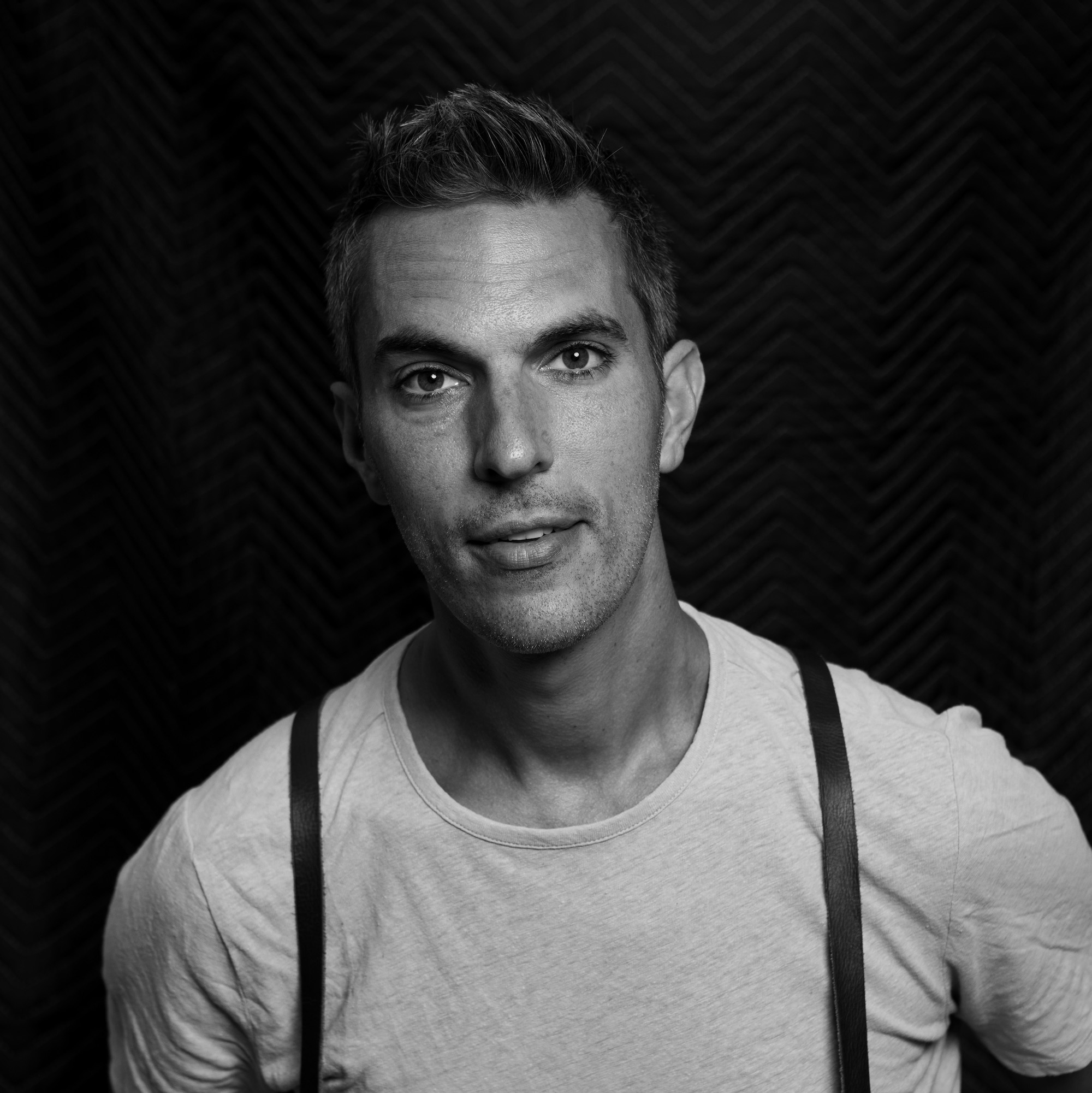
photo credit: Victor Jeffreys
As one of the hosts of NPR’s flagship program, All Things Considered, Ari Shapiro has a voice that’s instantly recognizable to many radio listeners in the United States. Since 2015, Ari has shared heartwarming and heart-wrenching stories on the show, which is one of the most listened-to news programs in the country. In 2020, the format expanded with Consider This, a 15-minute, six-times-weekly podcast—also hosted by Ari.
But journalism is just his day job.
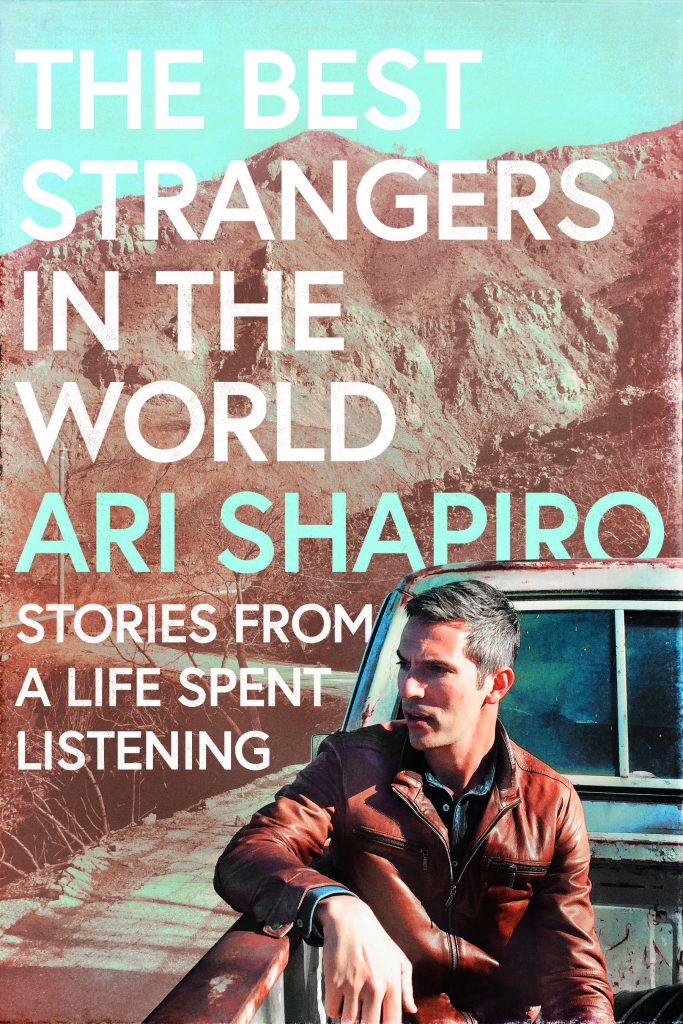 Ari is also a singer, performer, and speaker. He moonlights as a vocalist with the band Pink Martini, and joined forces with actor Alan Cumming for a stage show called Och & Oy! A Considered Cabaret. Now, the award-winning reporter and former White House correspondent is adding author to his resume.
Ari is also a singer, performer, and speaker. He moonlights as a vocalist with the band Pink Martini, and joined forces with actor Alan Cumming for a stage show called Och & Oy! A Considered Cabaret. Now, the award-winning reporter and former White House correspondent is adding author to his resume.
The North Dakota native’s memoir, The Best Strangers in the World: Stories From a Life Spent Listening, hits shelves this week. In the book, Ari not only details his experiences reporting stories around the world, but also reflects on his upbringing in Portland, Oregon.
Ari created a playlist exclusively for Spotify that’s the perfect accompaniment to his memoir. From The B-52’s to the New York Philharmonic, the curation is as varied as the tales that come to life on his pages. We caught up with the host-performer-author to learn more about the inspiration for his book, and the ideas behind the playlist.
What made you decide to write a memoir?
Covering the news every day sometimes feels like sprinting on a treadmill, where if you pause to look at the hot guy walking by, you will fall on the floor. And so, I’ve never been a person who nostalgically looks back at my favorite conversations and stories I’ve told. But I realized that after more than 20 years as a journalist, some of those stories, and some of those people, have sort of snagged on me as they flew by in the current, and changed the person I am—not just as a journalist, not just a storyteller, but as a human.
In a way, this book is a memoir told through the stories of others. It covers a really wide range, from going on Air Force One with the president to being in warzones to singing with a band at the Hollywood Bowl. But, ultimately, I think of the book as kind of an answer to a question that I get from friends a lot, which is “How do you stay optimistic in the face of everything?” And the answer is the stories that are in these chapters.
How did your experience as a journalist impact your story?
Being a journalist has certainly attuned me to the finer details, so I feel like I can take someone along and tell a story that hopefully transports them and sticks with them. But the thing that made it really challenging is—as a journalist—stories are not supposed to be about me. I’m never supposed to be the focus.
So switching gears and telling stories that are fundamentally about me was unfamiliar and scary and foreign and definitely a learning curve. And as I look back at the drafts of these chapters and the way they evolved, that’s the biggest change that I see: learning how to write about myself in a way that doesn’t feel like a betrayal to who I am as a journalist.
Can you share a story from your book?
I have to tell you about the first time I ever sang with a band. For my debut performance, I was a singer with a band called Pink Martini, a little orchestra from Portland, Oregon, with more than a dozen members. In 2009, they asked if I would record a song for an album they were working on. After, the band leader, Thomas Lauderdale, said, “Well we need to find a time for you to perform this live with us. So why don’t you come to the Hollywood Bowl?”
Now, the Hollywood Bowl seats 18,000 people. But what made it the most terrifying was not the size of the audience. It’s that backstage, before you walk out in front of those thousands of cheering people, you see all these huge, framed, black-and-white photos of the legends who have performed there over the decades. There’s Aretha Franklin; there’s The Beatles; there’s Judy Garland—all pictured on the stage you are about to stand on. And then the time comes, and you walk out in the footsteps of those giants and the spotlight follows your path.
It is so exhilarating because as a radio reporter, it doesn’t matter how many millions of people might be listening to any given story I do. It’s a very intimate conversation between me and the one person who happens to be hearing it. But with a live performance, everybody is sharing that experience collectively, at the same time. There is something so electric about live music because it only ever happens once in that particular way. And so, to be a part of that is a thrill unlike anything I’ve ever experienced in journalism.
What was the experience like reading your story aloud for your audiobook?
First of all, I loved recording my audiobook because my comfort zone is telling stories. That’s what I do every day, and so, in some ways, recording the audiobook felt much more easy, comfortable, and familiar than writing the book. But it’s exhausting to speak aloud for hours on end. Even though I host a two-hour daily news program, I’m not talking for most of it. I read an introduction to a reporter’s piece and then I sit quietly for four minutes. Or if I’m doing an interview, I ask someone a question and then sit quietly while they answer. By the end of the day of audiobook recording, I could barely talk to my husband. I have so much admiration for people who do this professionally.
You created a musical playlist for your memoir. How did you pick the songs?
Above all, I wanted the playlist to feel optimistic and joyful because that’s what I want people to walk away from the book feeling. Even though the book takes you to warzones and refugee crises, the book is full of people who give me hope. It’s also global because the book is global. So there’s a track from the South African trumpet player Hugh Masekela, and a track from the Japanese singer Saori Yuki.
The playlist begins with a song that I hope sets the tone for everything else, which is “Roam” by The B-52’s. I think that’s the best road trip song ever written. And I want to give people the feeling that we’re going somewhere exciting. It’s gonna be fun, and it’s gonna be an adventure.
There is also a healthy dose of Queer camp because that is part of who I am, and there are songs that take me back to specific moments. It includes an obscure ’90s cover of “Total Eclipse Of The Heart” by Nicki French. The summer I came out of the closet, that was the track that was playing in the gay club every single weekend. I also included the overture to Candide, which was the song that my husband and I walked down the aisle to at our wedding.
What do you think continues to attract listeners to talk formats like a radio show or podcast?
One of NPR’s founding mothers, Susan Stamberg, has a quote I love, which is “The pictures are better on the radio.” There is something about the human voice that is so personal and intimate. It engages the brain and bypasses the preconceived notions we might have about the person who’s talking, and allows us to have an experience that feels more personal than printed words on the page or talking heads on a TV broadcast.
How have the people you’ve met over the years and the experiences you’ve had influenced you?
Musically, I have been so lucky to collaborate with people who are curious and omnivorous. Pink Martini records in dozens of languages, with collaborators ranging from the great Mexican ranchera singer Chavela Vargas to the great grandchildren of Maria and Captain von Trapp. So being able to travel with Pink Martini to Morocco and Hungary and Lebanon and France and sing in all these different languages helps me appreciate something that my parents taught me from a very young age: The more you know about the world, the more interesting life becomes. And there’s something very subtle and powerful about music.
With everything that I do—whether it’s journalism, singing with Pink Martini, writing this book, or performing with Alan Cumming—my goal is to help people see the world through the eyes of someone else. My goal is to help people break out of their bubbles and build empathy and increase understanding. Music is one of the most powerful tools I know that can do that.
The chapters in this book that are not about music still contain a piece of that. I hope they increase curiosity and empathy, and allow readers to experience all these different people and places, and see the similarities and connections we all share.
If you’re interested in hearing Ari tell his stories in person, check out the details of his book tour here. In the meantime, listen to the playlist Ari made to complement his memoir, below.
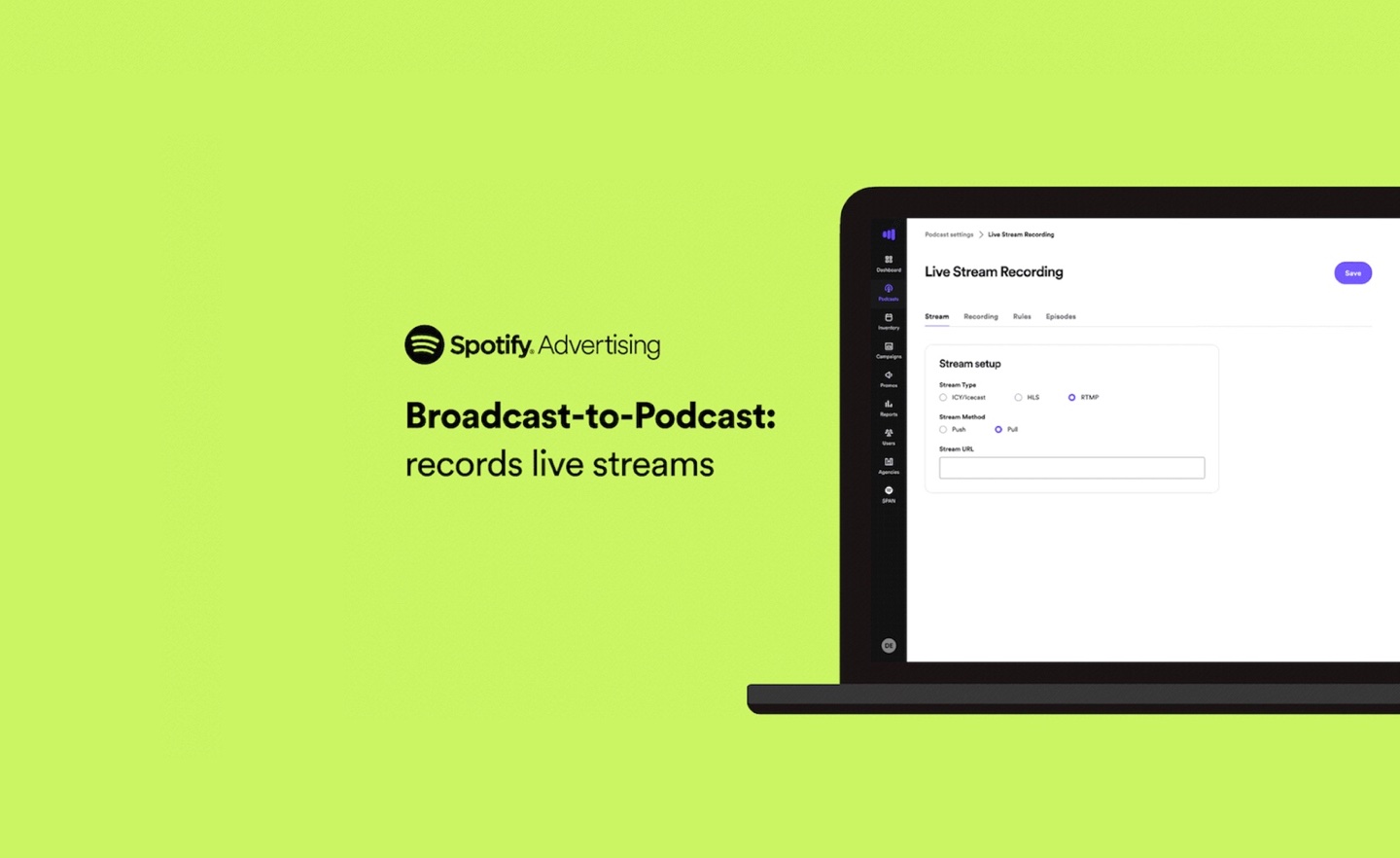
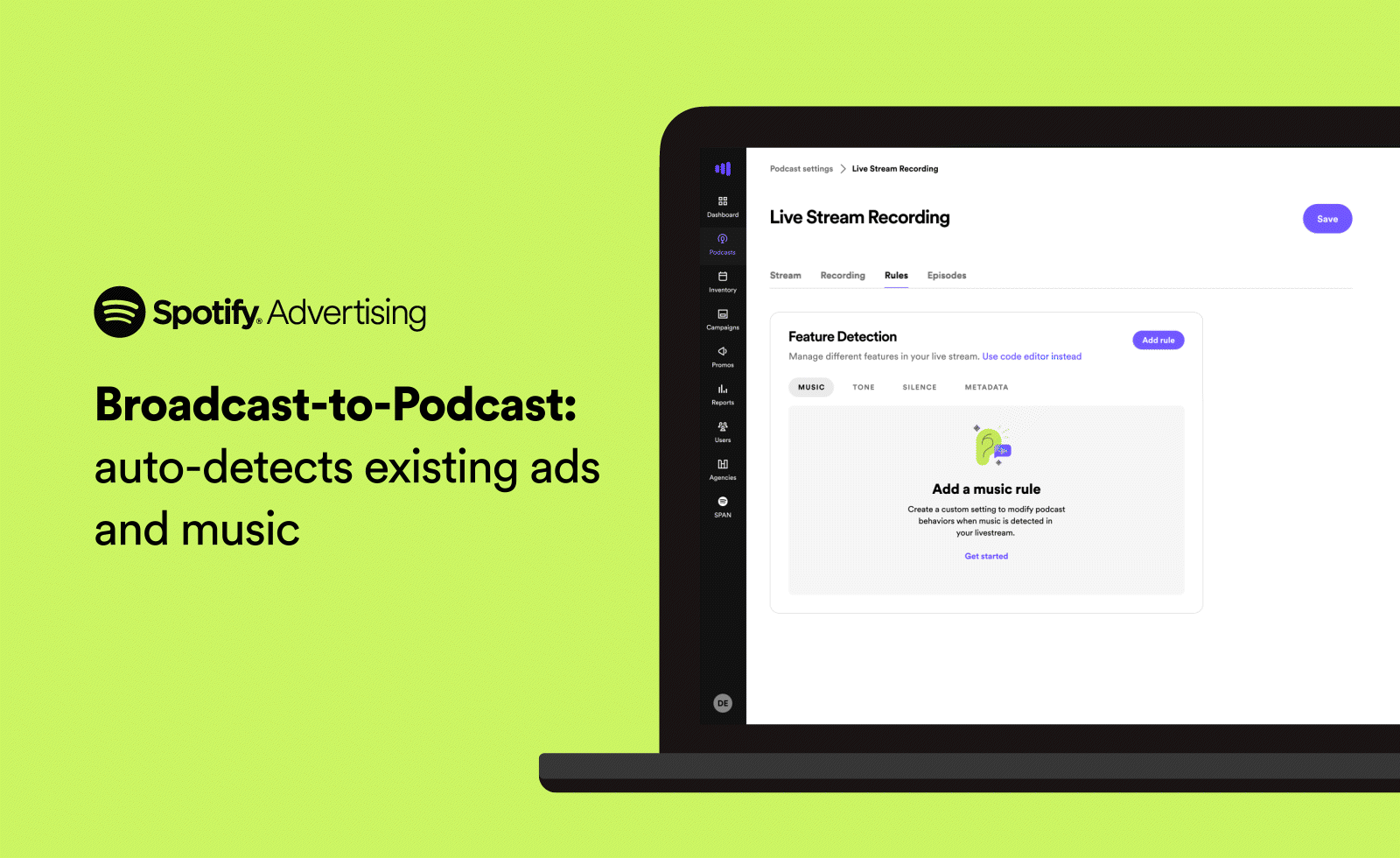





 Ari is also a singer, performer, and speaker. He moonlights as a vocalist with the band
Ari is also a singer, performer, and speaker. He moonlights as a vocalist with the band 
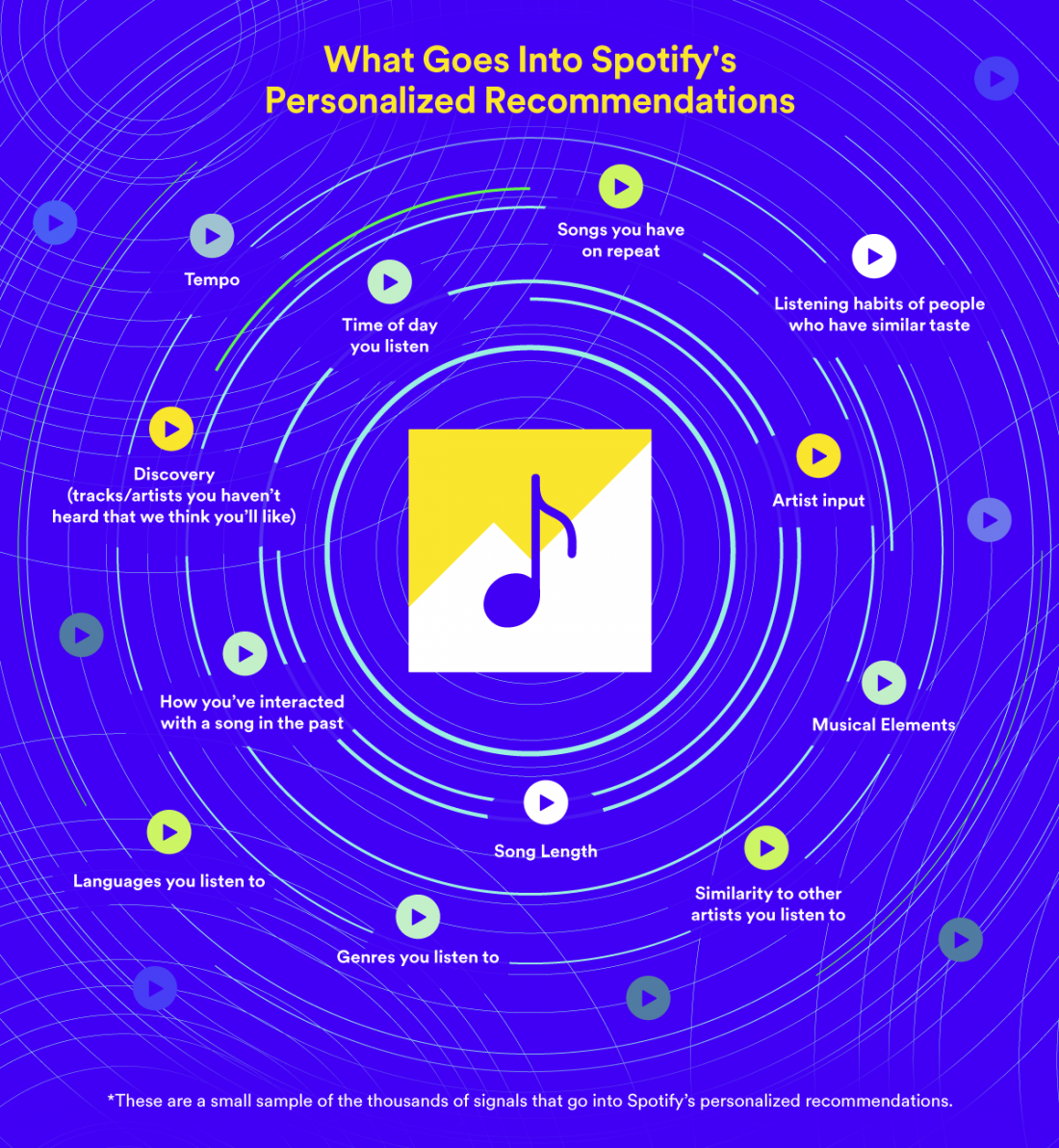
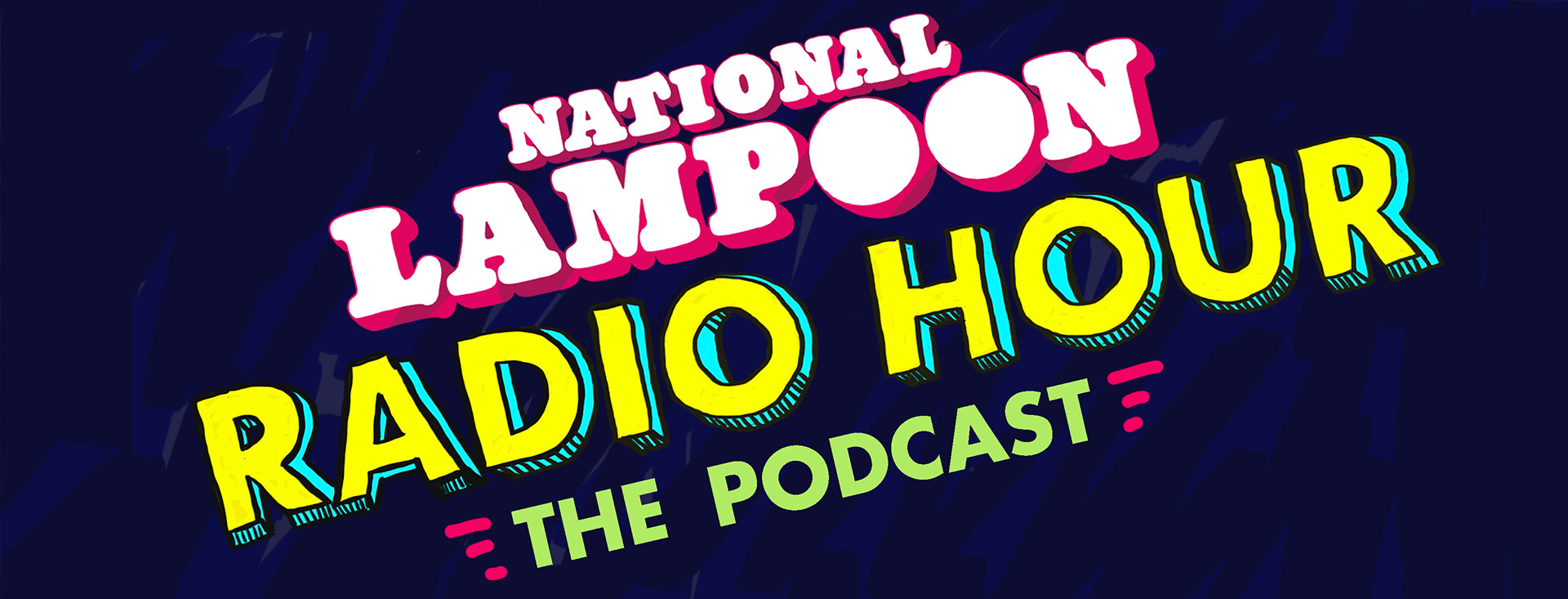
Recent Comments